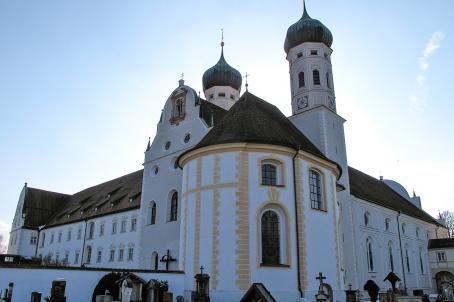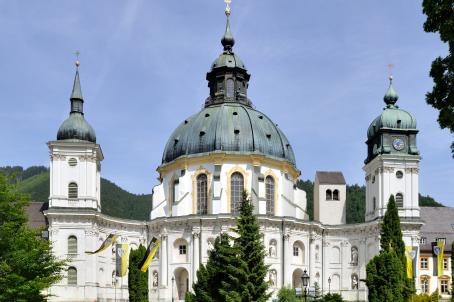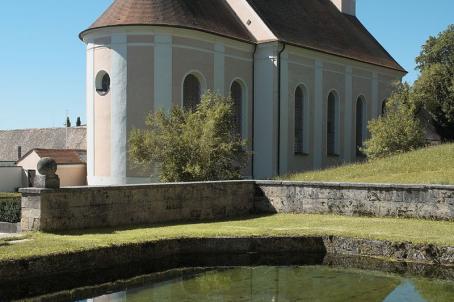Penzberg Mosque

Penzberg Mosque is a modernist place of worship of the Muslim community in Penzberg, Germany. The mosque was built in 2005 and won the best work of architecture in Bavaria.
About this building
Apart from the prayer rooms, the mosque has a Forum for interreligious dialogue. The Mosque also offers guided tours for Muslim and non-Muslim visitors.
Unlike other mosques built in Germany which have been surrounded by controversy, the construction of this mosque was a good example of interaction and cooperation between the Muslim community and the local authorities and administrations.





